Secret of Gandhi’s Strength : Yog, Truth, Non-Violence & Detachment
Ram Dutt Tripathi
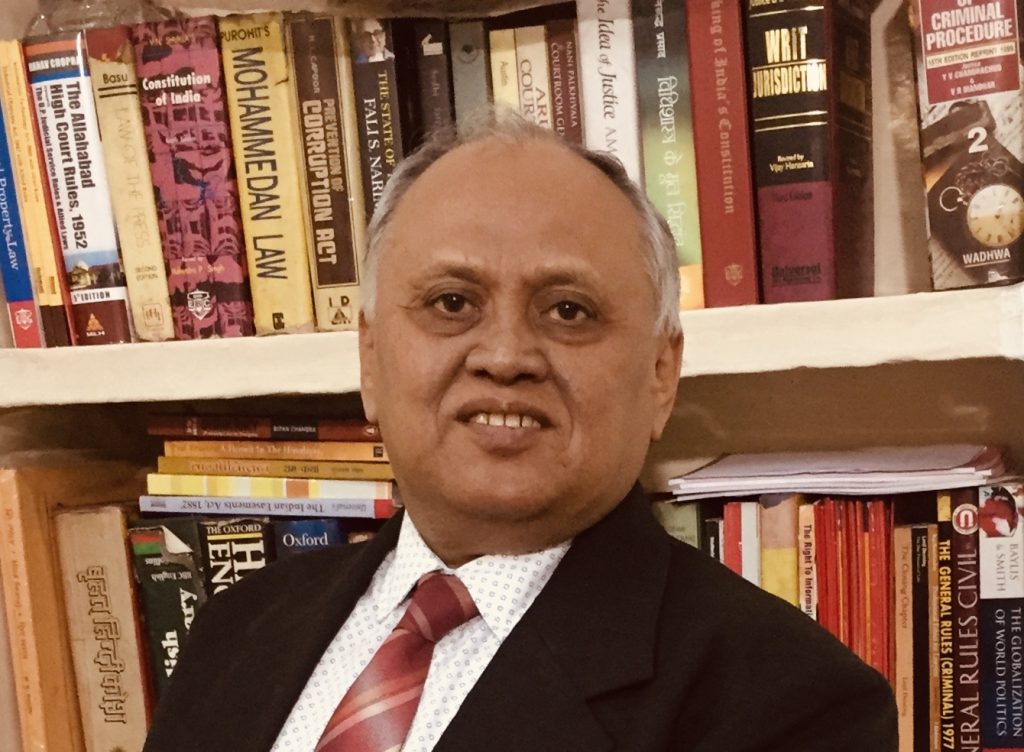
senior journalist
Mahatma Gandhi was a spiritually acclaimed yogi. He was a seeker of truth (Satya), a master of non violence (Ahimsa), and a living embodiment of Sarva Dharma Sambhav (equal respect for all religions). His spiritual journey, from disciplined prayer meetings to his embrace of Kriya Yoga under Paramahansa Yogananda, powered his mission to free a nation and unite its soul.
Whether leaving a Viceroy’s meeting for prayer or facing death during one, Gandhi’s life as a yogi shines through. With vivid stories, timeless quotes, and Yogananda’s own reflections—including his poignant words from their 1935 meeting and Gandhi’s obituary—this tale unveils Gandhi’s inner fire.
A Yogi’s Foundation: Truth and Discipline
Gandhi’s yogic roots grew in Gujarat, where Hindu and Jain teachings sowed Ahimsa and self-discipline in his heart. “Truth is my God; non-violence is the means to reach Him,” he proclaimed (Young India, 1927), aligning with yoga’s quest for self-realization.
He studied Patanjali’s Yog Sutram, living its Yama (non-violence, truth) and Niyama (self-study, contentment) through vegetarianism, celibacy (Brahmacharya), and a simple dhoti that spoke of detachment.
His daily life was a yogic symphony—dawn meditations, prayers, and cotton-spinning wove purity into action. His weekly silence, often Mondays, was Pratyahara (sense withdrawal), a sacred pause for truth. “Silence has now become both a physical and spiritual necessity for me,” he wrote (Harijan, 1937). This discipline carried him through fasts, jails, and India’s freedom fight, his inner strength a quiet force against empires.
The Interfaith Yogi: Sarva Dharma Sambhav
Gandhi’s yoga embraced all faiths, crafting Sarva Dharma Sambhav into a bold call for unity. His twice-daily prayer meetings were spiritual tapestries—Bhagavad Gita verses, Quranic surahs, Bible hymns, Japji Sahib, and Zoroastrian prayers blended with Raghupati Raghava Raja Ram. “Religions are different roads converging to the same point,” he said (Young India, 1928). “What does it matter that we take different roads, so long as we reach the same goal?”
These gatherings were acts of defiance amid division. During the 1947–48 partition riots, Gandhi’s interfaith prayers in Calcutta and Delhi faced scorn from extremists for including Islam, yet he held fast: “My respect for Islam is as deep as for Hinduism. Truth is not confined to one scripture” (Harijan, 1947). In Calcutta, his prayers stopped bloodshed, earning Lord Mountbatten’s title of “one-man boundary force.” But this unity stirred hatred, setting the stage for tragedy.
A Sacred Encounter: Gandhi and Yogananda
In 1935, Gandhi met Paramahansa Yogananda, the Kriya Yoga sage, at his Wardha ashram (later Sevagram). Yogananda, struck by Gandhi’s simplicity, observed, “His divine magnetism is born of his inner peace and purity, a living example of yoga’s power” (Autobiography of a Yogi, Chapter 38).
He initiated Gandhi into Kriya Yoga, a breath-based meditation to hasten self-realization. “Gandhi was true to his word,” Yogananda later affirmed, noting his faithful practice (The New Path).
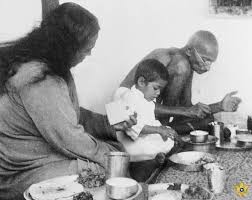
Yogananda also taught Gandhi’s group Energization Exercises—38 movements to channel cosmic energy—fueling their service. Their talk, alive with shared ideals, wove Ahimsa and religious unity, mirroring Gandhi’s Sarva Dharma Sambhav. Yogananda’s vision of the Gita alongside Christ’s teachings echoed Gandhi’s prayers, affirming that “the soul of religion is one” (Harijan, 1936). Kriya Yoga became Gandhi’s silent ally, deepening his calm amid chaos.
Prayer Above Power: The Viceroy’s Meeting
Gandhi’s devotion to prayer outshone worldly demands. In April 1947, as partition loomed, he met Viceroy Lord Mountbatten in Delhi to forge peace. Mid-talk, Gandhi left to lead his evening prayer at Birla House, where thousands sought his interfaith call for unity. “Prayer is not an interruption of work; it is the heart of it,” he wrote (Young India, 1927). Mountbatten, awed, saw these prayers as India’s lifeline.
This choice was pure yoga—spiritual duty over protocol. Gandhi’s Kriya practice, with its meditative focus, likely anchored him, letting him lead prayers through turmoil. His meetings weren’t just rituals but bridges across faiths, embodying yoga’s union of self and service.
The Yogi’s Sacrifice
Gandhi’s Sarva Dharma Sambhav led to his final act. On January 30, 1948, at Birla House, Delhi, he walked to his evening prayer, undeterred by threats. As he neared the crowd, ready for verses of harmony, Nathuram Godse, a Hindu extremist angered by Gandhi’s Muslim outreach, fired three shots. Gandhi fell, whispering “Hey Ram,” his last breath a prayer.
His death shook the world, but his spirit soared. Yogananda, in a heartfelt obituary, wrote, “Gandhi has shown that the immutable truths of the Sermon on the Mount can be applied to achieve freedom for a nation of 400 million. His life was a victory for the eternal principles of love and truth” (SRF Magazine, 1948). Gandhi’s martyrdom during prayer crowned him a yogi who died for unity.
A Timeless Yogi
Gandhi was no secluded sage but a yogi in life’s arena, fusing Patanjali’s ethics, Yogananda’s Kriya Yoga, and interfaith prayer into action. His Gita-driven Karma Yoga, Jain-born Ahimsa, and love for all faiths made him universal. “I am a Hindu, a Muslim, a Christian, a Zoroastrian, a Jew,” he declared (Harijan, 1946).
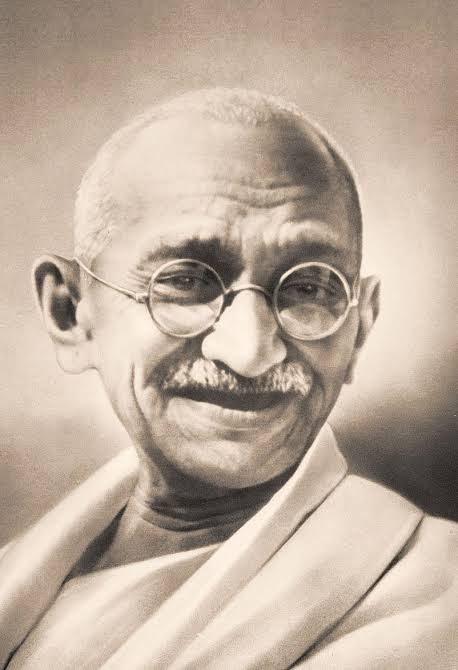
After his death, only his spectacles, watch, and slippers remained as his sole possessions—a testament to his Aparigraha (non-attachment), living free of material bonds.
From Kriya’s quiet depths to his prayers’ bold chorus, Gandhi proved yoga lives in every stand—whether leaving a Viceroy or facing death for peace. “My life is my message,” he said (Harijan, 1940).
In a divided world, Gandhi the yogi calls us to pray as one, love fiercely, and chase truth. His light, as Yogananda saw, burns forever.

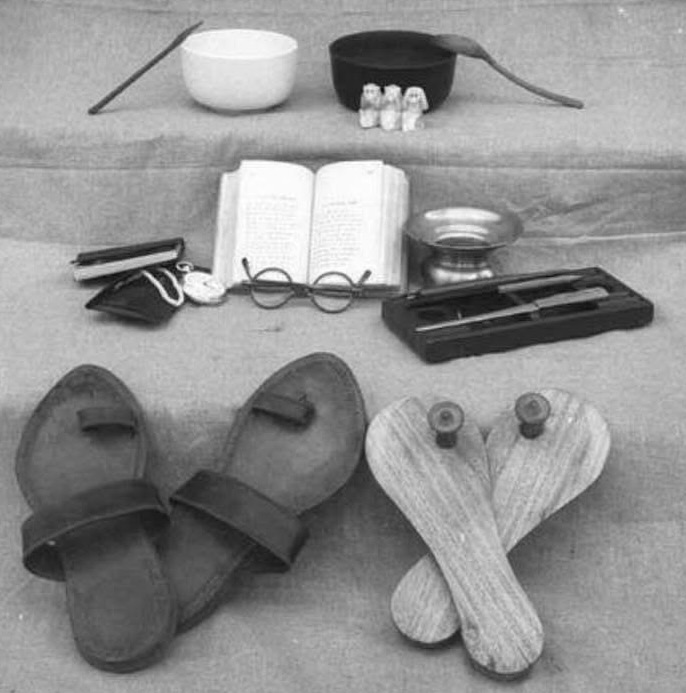
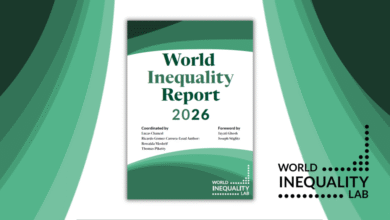
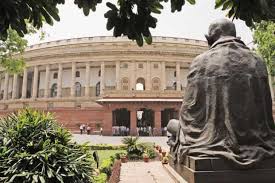
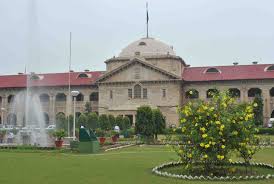

I appreciated the way you highlighted the positive aspects of Gandhiji with sincere faith in his actions. I’d be equally interested in reading your perspective on the initiatives he undertook that didn’t yield the expected results.
Thanks Shukla ji . We will try to do .
Regards